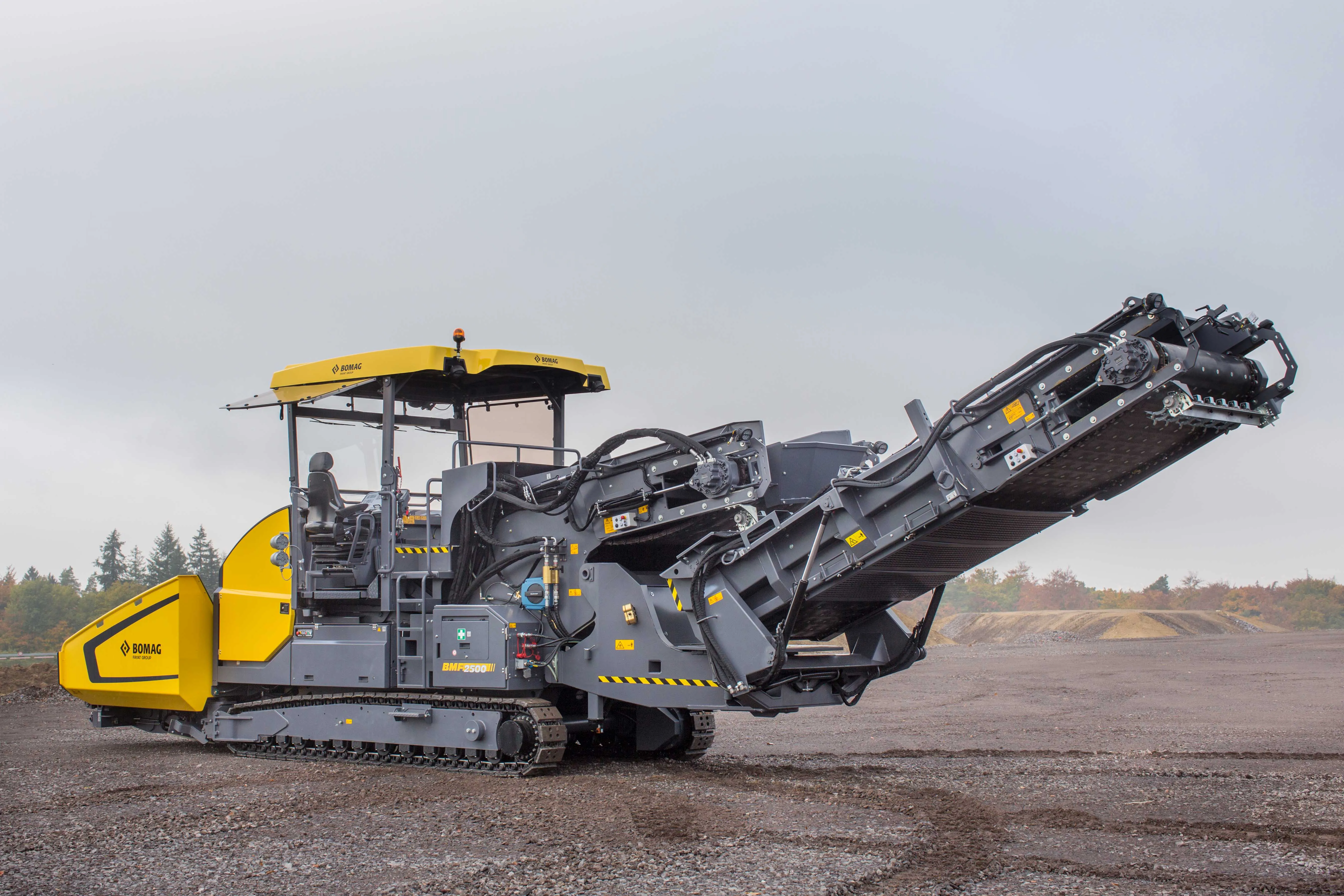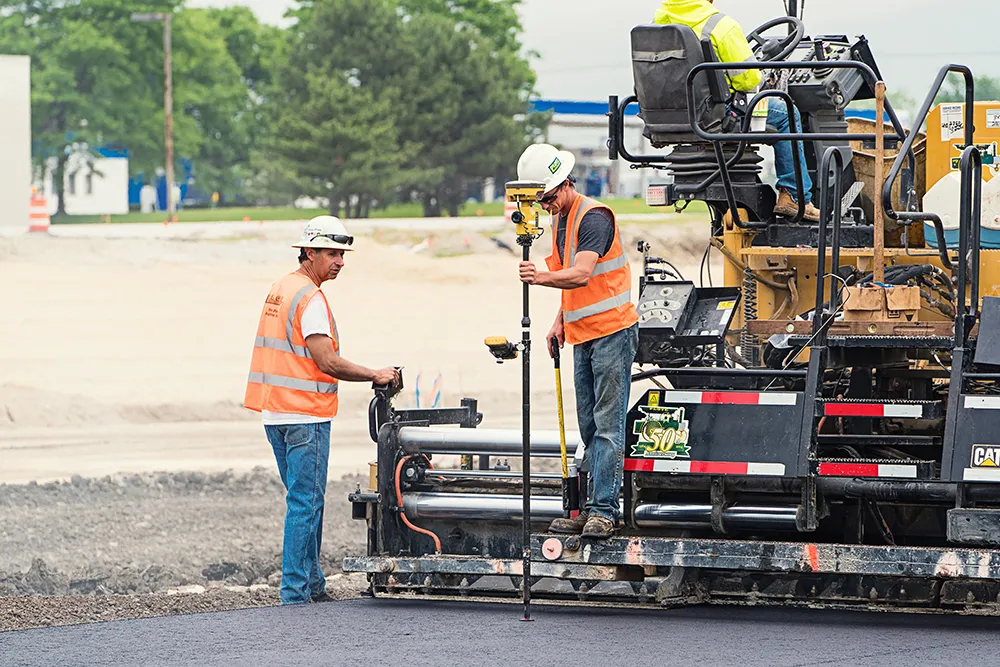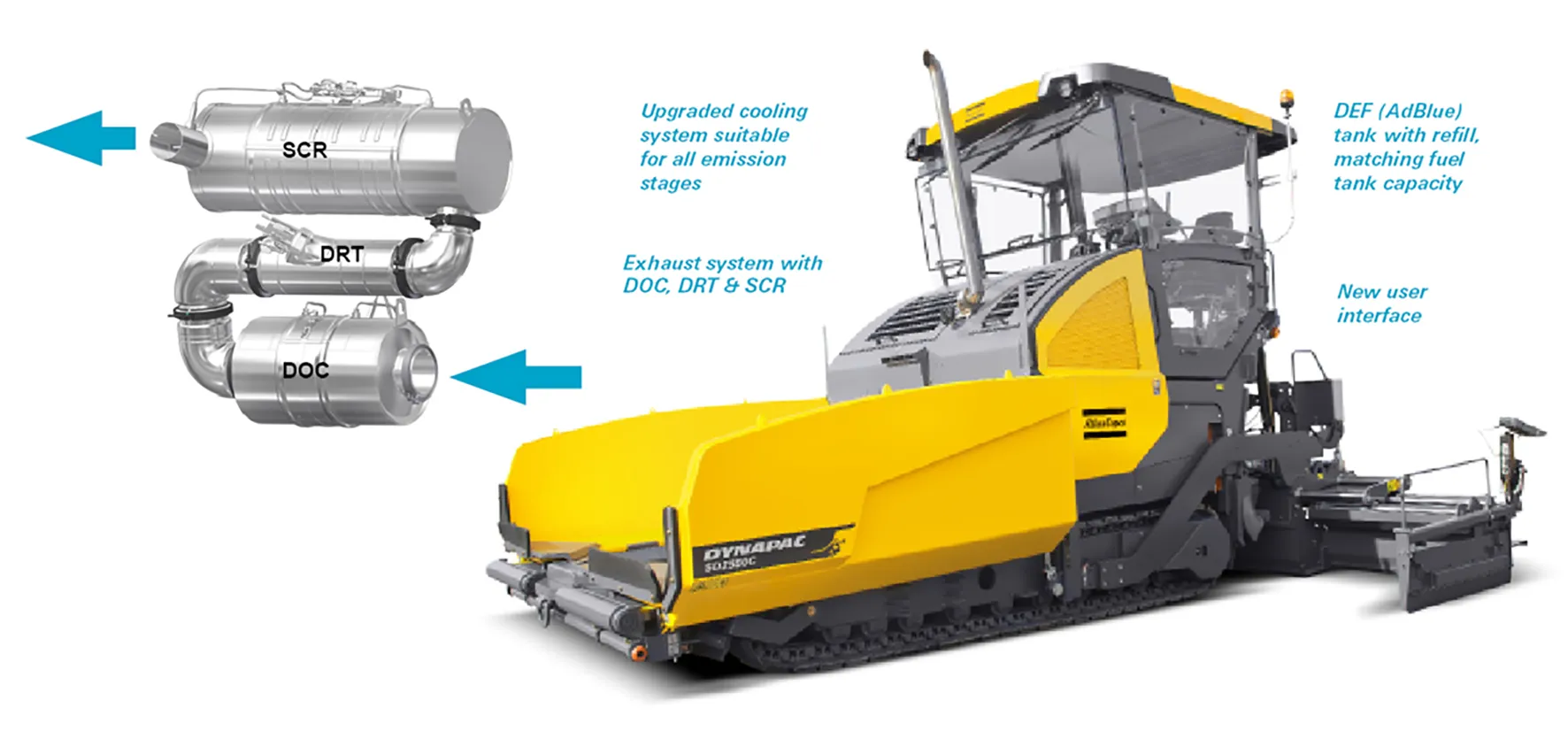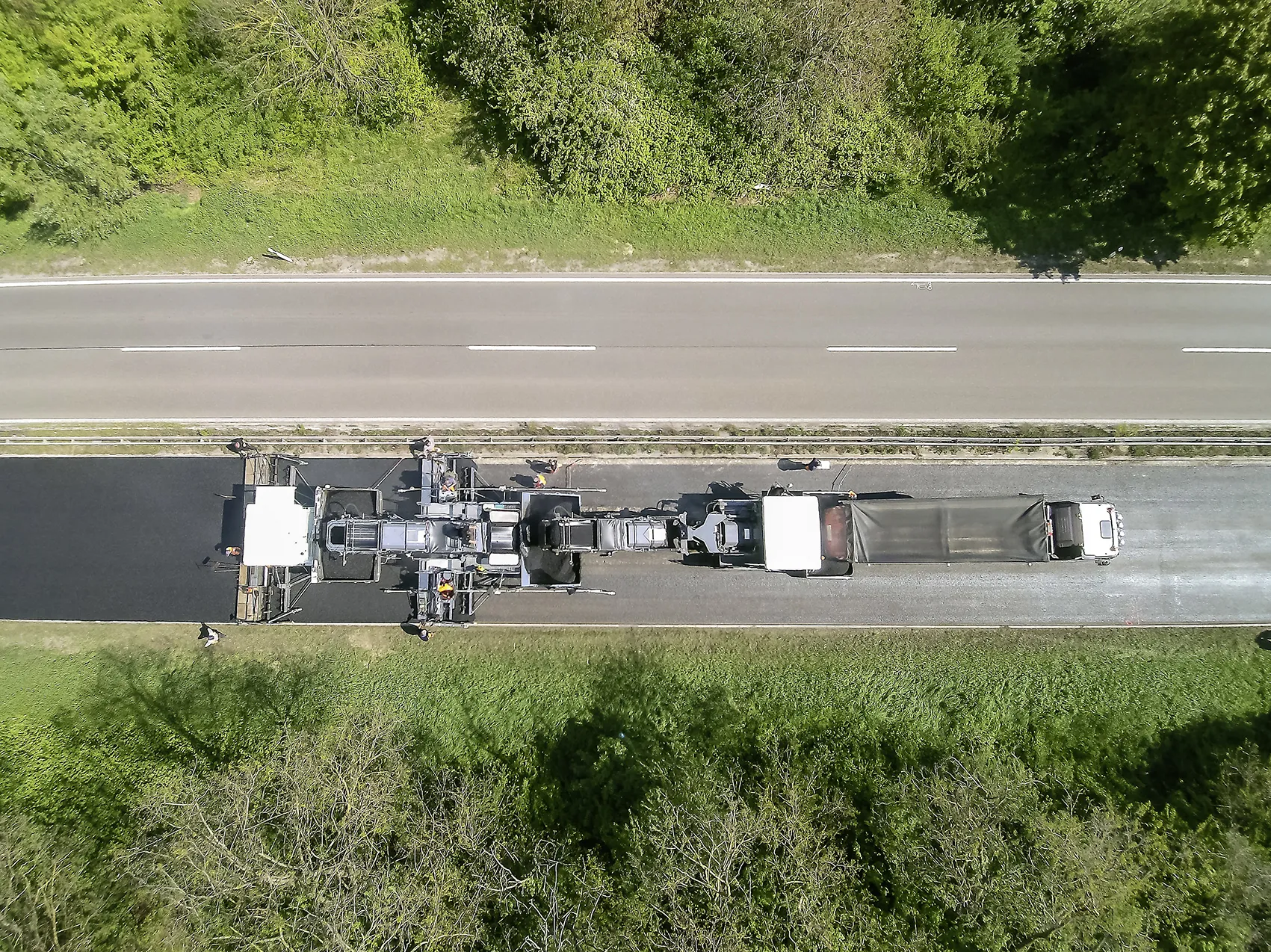BOMAG is now adding material feeders to its asphalt paving equipment range. The new BMF 2500 feeders can help boost paving efficiency, productivity and quality by allowing a more homogenous flow of asphalt into the paver. These machines reduce the problems of asphalt segregation as well as cold spots forming in the mat. Such issues can occur when the last of the mix from each truck load passes from the paver hopper to the screed. Using a BMF 2500, contractors can also boost output on large highway paving jo
February 17, 2016
Read time: 2 mins

The firm is introducing three different models, including a version with a medium-length fixed belt. Key features of the new BMF 2500 feeders are high output and compact design. The models offer theoretical outputs of 4,000tonnes/hour, which means each can handle a 27tonne truck load of material in just 35 seconds. In addition the width of only 2.55m is narrow enough for transport without a special permit. Distance sensors allow the units to be operated automatically, including following a stringline.
The conveyor belt on the Bomag BMF 2500 feeder has a width of 1.2m and gives optimum material flow with minimal segregation. In addition, the rubber belt is mounted on metal struts. The BMF 2500 has a large material hopper with individually controllable wings for quick discharge and slewing bumper rollers to safely dock the supply truck. The base model can be supplemented with a slewable belt, allowing lateral feeding to supply two pavers.
The BMF 2500 S is the base model and can be supplemented with a slewable offset belt. The BMF 2500 S Offset offers the slewable offset conveyor belt as standard. The BMF 2500 M has a longer, height-adjustable conveyor belt. This model can feed high additional paver hoppers.
All videos









